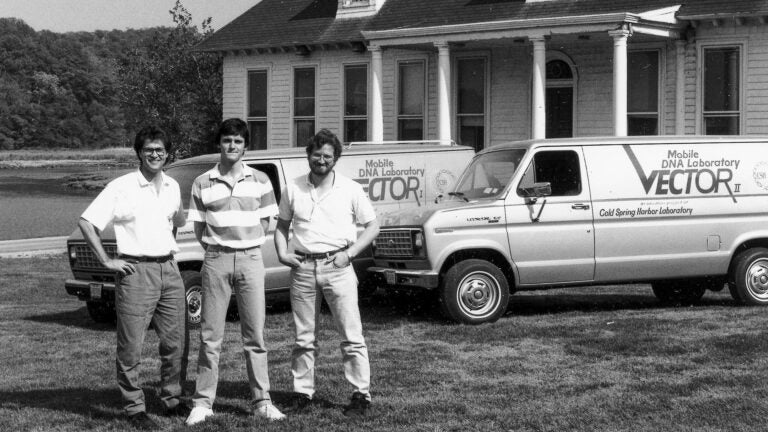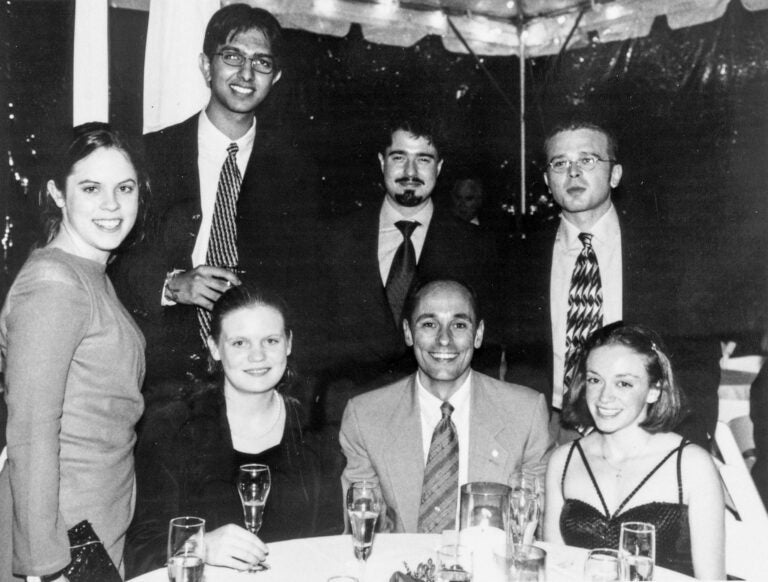Education, pedagogy, and mentorship
How are scientific knowledge and techniques passed from one person to another, and from one generation to the next? Who taught science, and how were they trained to do so? Why and how does a “research school” coalesce around a particular individual, research question, model organism, or instrument?
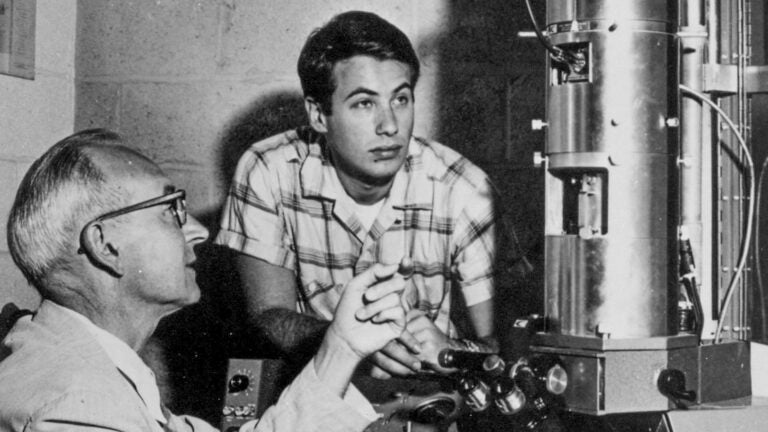
For those trying to understand the history of scientific ideas, to explain the successes and failures of scientific institutions, and indeed to understand the history of the cultures and nations that produce science and scientists, these are some of the most fundamental possible questions.
The CSHL historical collections are an extraordinary living record of how science has been learned and taught from the dawn of the twentieth century to the present day. Major types of relevant records include the following, from around the world as well as at CSHL and affiliated institutions: curricular materials (e.g., courses of instruction, lecture notes, student notes, recorded lectures, textbooks), administrative records (e.g., rosters of students and instructors, information on student fees and teaching budgets), correspondence between students and their mentors, first-hand reminiscences of studying and teaching, letters of recommendation for students, and more.
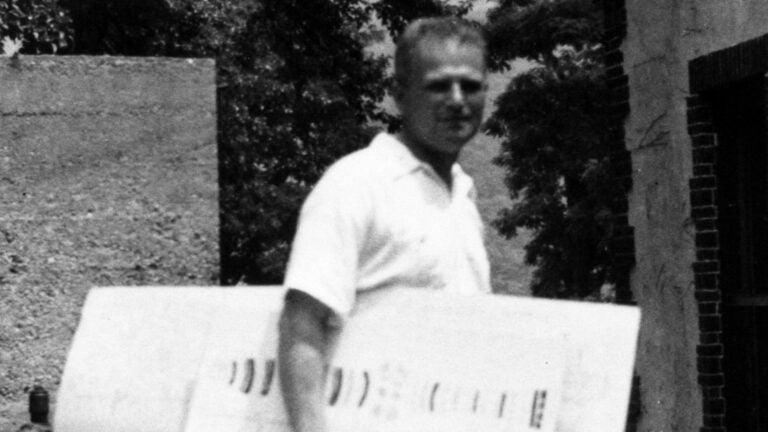
Various institutional collections capture the history of many different types of science education at Cold Spring Harbor, from the founding of a biology summer school in 1890 under the Brooklyn Institute of Arts and Sciences (BIAS) to the granting of doctoral degrees through the CSHL School of Biological Sciences in the twenty-first century. The BIAS collection holds extraordinarily detailed records of the early summer-school enrollees and their backgrounds, interests, and vocations, as well as information on courses, teachers, dormitory arrangements, tuition payments and scholarships, and the administration of the program. The collection of the Long Island Biological Association holds similar documents from the early and middle decades of the twentieth century. The CSHL Undergraduate Research Program (URP) collection documents mentored projects undertaken by visiting students working with CSHL faculty since 1959. Information about CSHL’s doctoral program, which was established in 1999, can be gleaned from several collections, including the personal collections of its founding dean, Winship Herr (see also the oral history interview with Herr) and of CSHL presidents James D. Watson and Bruce W. Stillman.
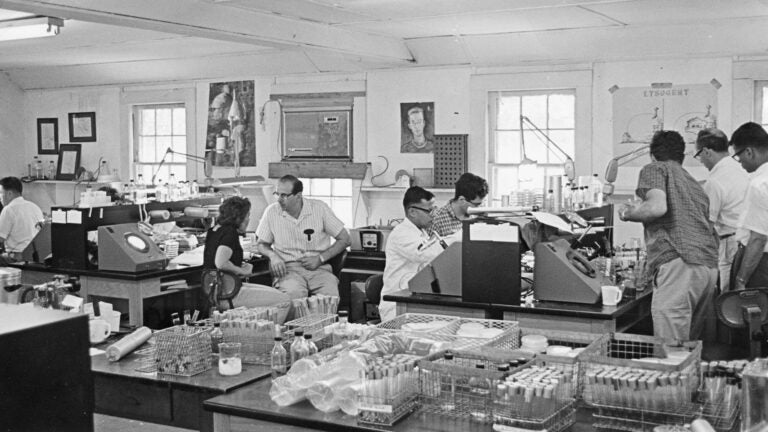
The personal collections hold a wide assortment of teaching and learning materials from around the world. Course notes by lecturers and/or students can be found in the James Hicks collection, the Elof Carlson collection, the Herman J. Muller collection, the Walter Gilbert collection, the James D. Watson collection, the Reginald G. Harris collection, the Sydney Brenner collection, the Bruce W. Stillman collection, the Carol Greider collection, and more.
Finally, the richness of the CSHL collections offers researchers many opportunities to trace intellectual lineages from adviser to student and from senior colleague to junior colleague. For example, the Carol Greider collection and the Oral History collection document the relationship between Greider and her doctoral supervisor (and eventual Nobel co-laureate) Elizabeth Blackburn, and the Elof Carlson collection contains material Carlson used to write a biography of his mentor Herman J. Muller. The Oral History collection contains interviews by adviser-student pairs such as Mark Ptashne and Tom Maniatis, and recollections on mentorship from such figures as Robert Martienssen (by Barbara McClintock) and Anna Marie Skalka (by Alfred Hershey).
